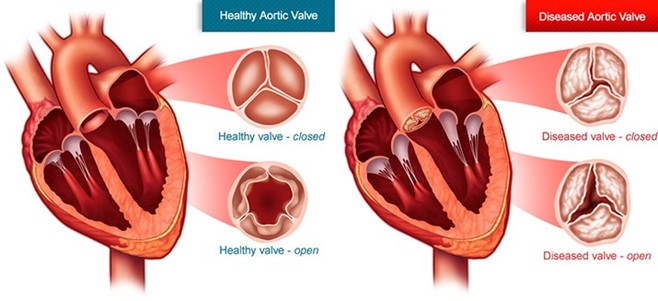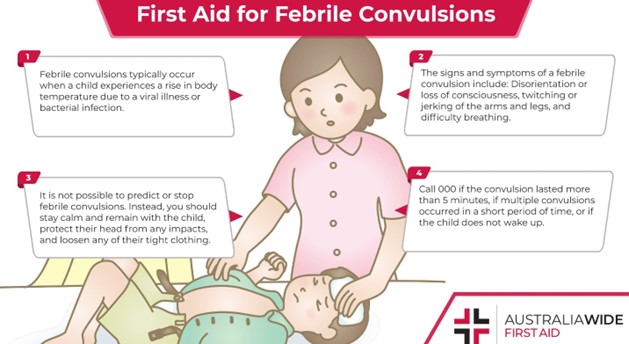The nurse is assessing an infant with aortic stenosis and identifies bilateral fine crackles in both lung fields. Which additional finding should the nurse expect to obtain?
Hemiplegia.
Fever.
Vigorous feeding and satiation.
Hypotension and tachycardia.
The Correct Answer is D
Aortic stenosis is a narrowing of the aortic valve, which can cause decreased blood flow from the left ventricle to the systemic circulation. In infants with aortic stenosis, the left ventricle must work harder to pump blood through the narrowed valve, which can lead to left ventricular hypertrophy, heart failure, and pulmonary edema. Bilateral fine crackles in both lung fields may indicate fluid overload in the lungs, which is a common complication of heart failure. Hypotension and tachycardia may also be present due to decreased cardiac output.
Option A is not a typical finding associated with aortic stenosis.
Option B is not directly related to the infant's cardiac condition.
Option C is not a typical finding associated with heart failure.

Nursing Test Bank
Naxlex Comprehensive Predictor Exams
Related Questions
Correct Answer is C
Explanation
The nurse should reassure the parents that febrile seizures typically decrease in frequency as the child grows older. Most children outgrow febrile seizures by the age of 5 years.
Ibuprofen is not typically used prophylactically to prevent febrile seizures.
Providing the child with a sponge bath for temperatures over 100.6°F (38.1° C) can help to lower the fever, but it will not necessarily prevent febrile seizures.
Avoiding excessive visual stimuli is not necessary for children with febrile seizures, as this type of seizure is triggered by a fever rather than visual stimuli.

Correct Answer is ["B","D","F"]
Explanation
Answer: B, D, F
Rationale:
A) Understanding that nonstimulant medications show little benefit in treatment: This is inaccurate, as nonstimulant medications like atomoxetine can be effective for ADHD, especially in children who may not tolerate stimulants. Nonstimulants are often considered a viable alternative or adjunctive treatment.
B) Designating an established area for study: Creating a dedicated study space can help a child with ADHD focus on tasks and minimize distractions, which is beneficial for completing homework and improving concentration in a structured environment.
C) Anticipating being automatically entered into a specialized education plan: An Individualized Education Plan (IEP) or 504 Plan for ADHD is not automatic and typically requires evaluation and recommendation from school staff. The plan is individualized based on the child’s specific needs.
D) Knowing that medication is not always the best approach to treatment: Recognizing that treatment can involve behavioral interventions, counseling, and environmental adjustments, in addition to or instead of medication, reflects a balanced understanding of ADHD management.
F) Maintaining a consistent home schedule: Consistent routines help children with ADHD manage expectations and reduce stress, enhancing their ability to focus and transition smoothly between activities.
Whether you are a student looking to ace your exams or a practicing nurse seeking to enhance your expertise , our nursing education contents will empower you with the confidence and competence to make a difference in the lives of patients and become a respected leader in the healthcare field.
Visit Naxlex, invest in your future and unlock endless possibilities with our unparalleled nursing education contents today
Report Wrong Answer on the Current Question
Do you disagree with the answer? If yes, what is your expected answer? Explain.
Kindly be descriptive with the issue you are facing.
